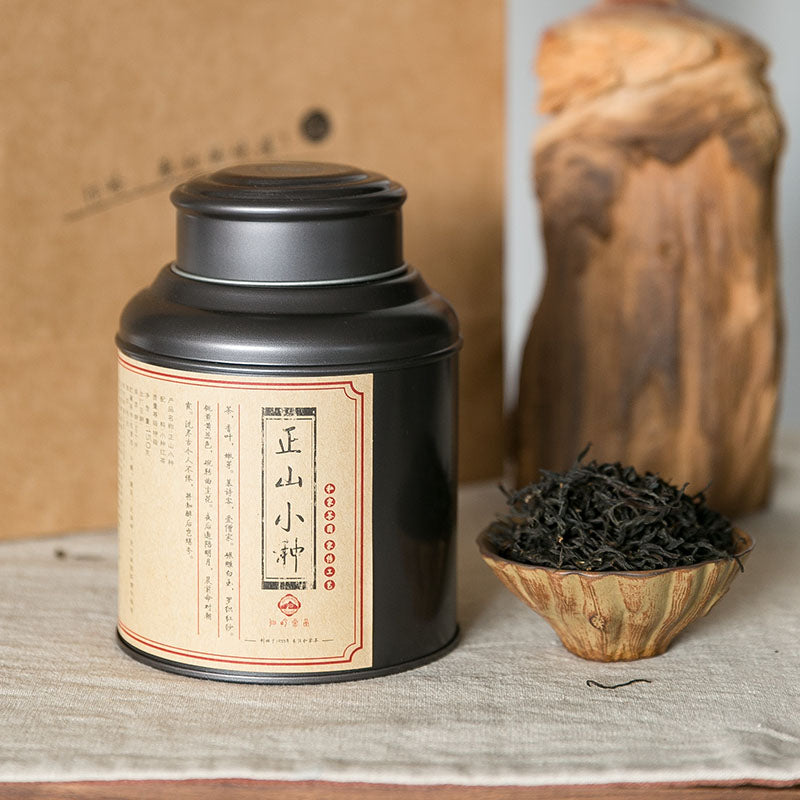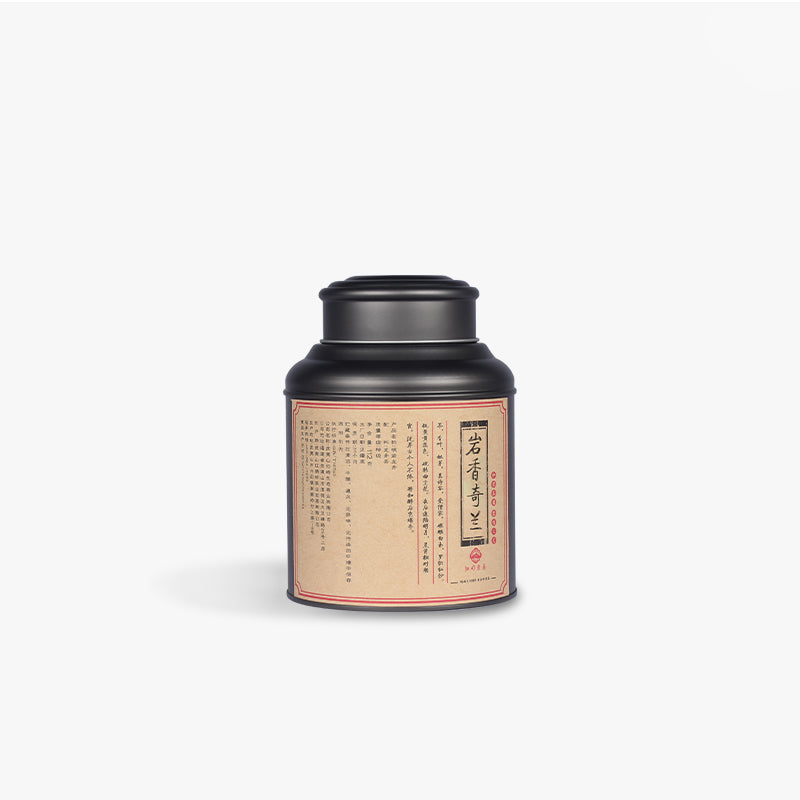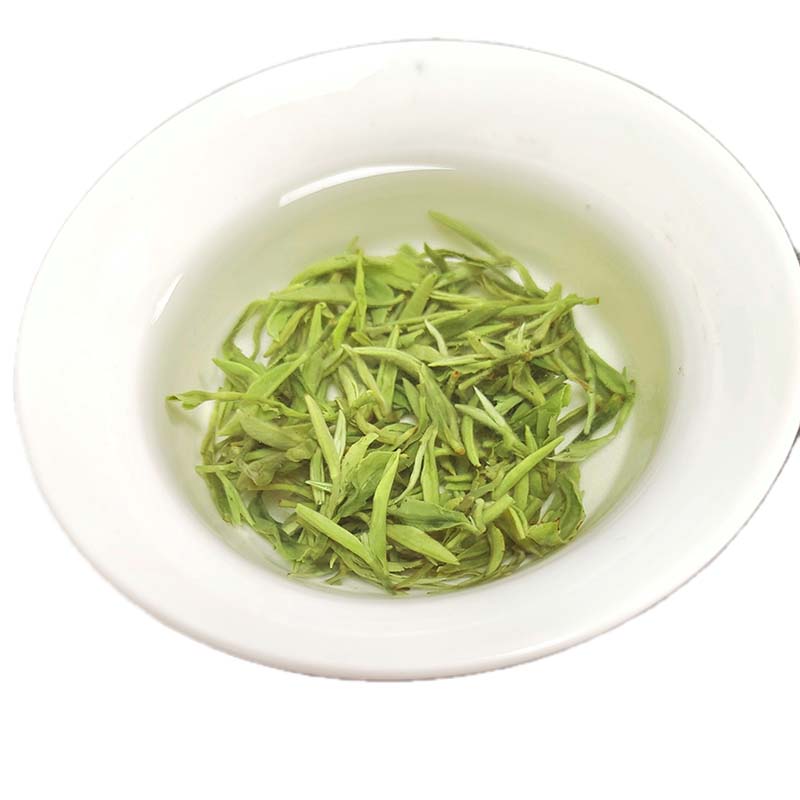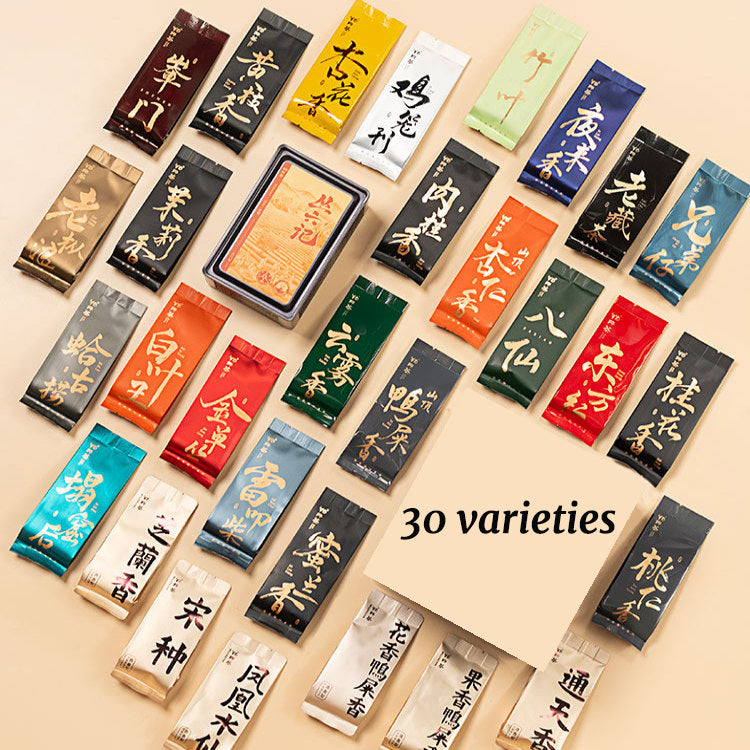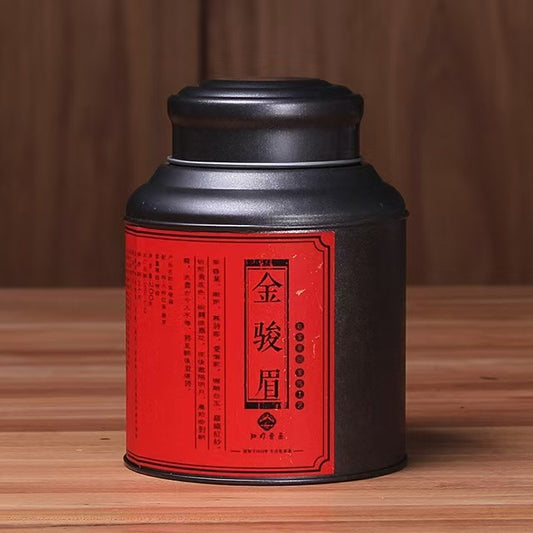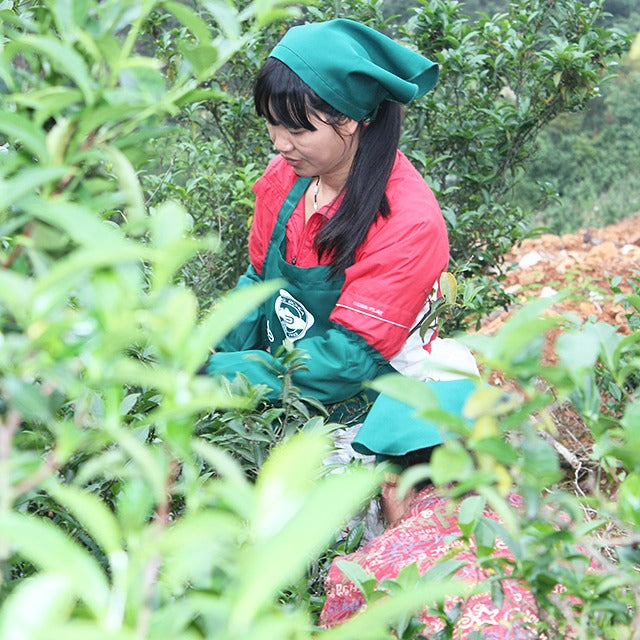The Best Chinese Green Tea
The Best Chinese Green Tea
In the verdant hills of China, a rich tradition unfolds within the rolled leaves of green tea, inviting us into a world where simplicity meets subtlety, and where each sip can feel like a gentle journey into the past. Chinese green tea, known for its remarkable variety and depth, has long been esteemed by tea enthusiasts across the globe, not least in the United States and Europe. This article delves into the nuanced tales and tastes of three celebrated Chinese green teas, each with its unique heritage and brewing nuances.
Let us begin with Longjing, often hailed as one of China's finest teas. Also known as Dragon Well, this tea hails from the lush fields surrounding Hangzhou's West Lake, where it has been cultivated for centuries. Its flat, jade-green leaves offer a thought-provoking combination of sweet chestnut notes and fresh vegetal flavors. Longjing's fame is not without reason; its production is an artisanal process, involving delicate pan-roasting by tea masters who preserve its signature aroma and flavor. When brewing Longjing, consider using a glass vessel to appreciate the dance of leaves as they unfurl — a visual poetry that matches its taste.
Then, there's Biluochun, which captures the essence of spring. Originating from the misty mountains of Jiangsu Province, this tea presents itself in small, tightly rolled spirals that hint at its name — "Green Snail Spring." The craftsmanship involved in creating Biluochun is intricate, with each leaf and bud hand-picked during early spring when flavor profiles reach their peak. Upon brewing, Biluochun unveils a fragrant bouquet reminiscent of blooming orchards, enriched with subtle fruity undertones. The experience is akin to a walk in a dewy garden, each sip capturing a season just begun.
Lastly, we turn our attention to the understated yet profound Huangshan Maofeng. This tea, harvested from the Yellow Mountain region, is known for its delicate aroma and subtle taste. With leaves that appear like sparrow tongues, it embodies the quiet elegance of its mountainous home. Huangshan Maofeng is often enjoyed by those who appreciate a softer, more nuanced green tea. Its flavor profile encompasses floral notes with a touch of sweetness, offering a serene experience that mirrors the tranquility of its origin. Brewing this tea at a lower temperature than other green teas can enhance its tender qualities, allowing its gentle character to unfold.
Choosing the best Chinese green tea often boils down to personal preference and the experience one seeks. Longjing, Biluochun, and Huangshan Maofeng each tell their unique story, inviting you to explore China's rich tea heritage. Every cup is an opportunity to savor not just the flavor but the history and craftsmanship that bring these teas to life. So why not take a moment to brew a cup today? After all, the world of tea is vast, but it's these small, thoughtful sips that make the journey worthwhile.

